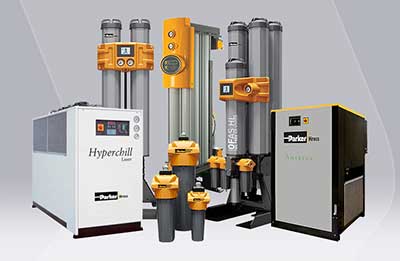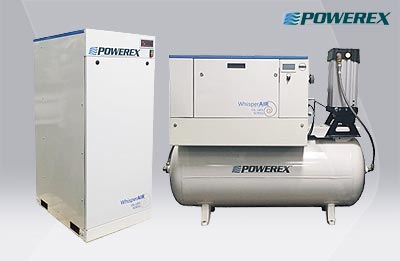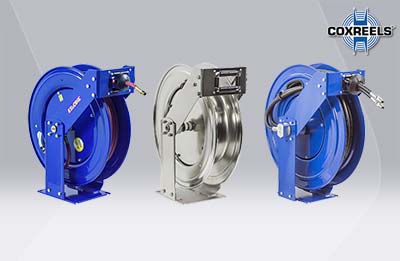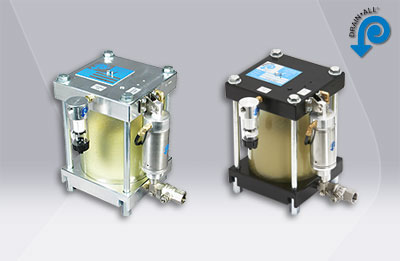Transair® Stainless Steel Alloy
< Back to Previous PageTransair® 3/4" and 1" stainless steel pipe is made from 316L stainless steel alloy.
316L stainless steel which is compatible to be in permanent food contact per FDA CFR21 requirements for food contact applications.
Transair® 1 1/2", 2 ", 3 ", and 4 " stainless steel pipe is made from 304 stainless steel alloy.
The two most common stainless steel grades are 304 and 316. The key difference is the addition of molybdenum, an alloy which drastically enhances corrosion resistance, especially for more saline or chloride-exposed environments. 316 stainless steel contains molybdenum, but 304 doesn’t.
316L Stainless Steel
Grade 316L stainless is an austenitic stainless steel alloy with a high chromium and nickel content. Like many steel alloys, it has a continuous use temperature several times higher than most food making processes will ever require (more than 800°C, or 1472°F).
316L alloy is an ideal food grade steel material that has a high resistance to acids, alkalis, and chlorides (such as salt). Other austenitic stainless steels, such as grade 304 SS, can experience severe pitting corrosion when exposed to salt, which is often present in food products. 316L makes for great food grade stainless steel for nearly any food application.
316 grade is the second-most common form of stainless steel. It has almost the same physical and mechanical properties as 304 stainless steel, and contains a similar material make-up, 16 and 24 percent chromium and up to 35 percent nickel. The key difference is that 316 stainless steel incorporates about 2 to 3 percent molybdenum. The addition increases corrosion resistance, particularly against chlorides and other industrial solvents.
The differences between a 316L and a 316 straight grade are two-fold both in chemistry and mechanical properties. The L grade has a lower maximum carbon limit and the straight grade has increased mechanical properties. The “L” actually stands for “low carbon” content. If material is certified as straight grade, the carbon content would have to be at a level of 0.030% maximum in order to be dual certified as 316L/316 grade. If the material is certified as 316L that implies the carbon is at a maximum level of 0.030%.
316L stainless steel is commonly used in many industrial applications involving processing chemicals, as well as high-saline environments such as coastal regions and outdoor areas where de-icing salts are common. Due to its non-reactive qualities, 316L stainless steel is also used in the manufacture of medical surgical instruments.
304 Stainless Steel
304 stainless steel is the most common form of stainless steel used around the world, largely due to its excellent corrosion resistance and value. It contains between 16 and 24 percent chromium and up to 35 percent nickel, as well as small amounts of carbon and manganese.
304 stainless steel does have one weakness: it is susceptible to corrosion from chloride solutions, or from saline environments like the coast. Chloride ions can create localized areas of corrosion, called “pitting,” which can spread beneath protective chromium barriers to compromise internal structures. Solutions with as little as 25 ppm of sodium chloride can begin to have a corrosive effect.



